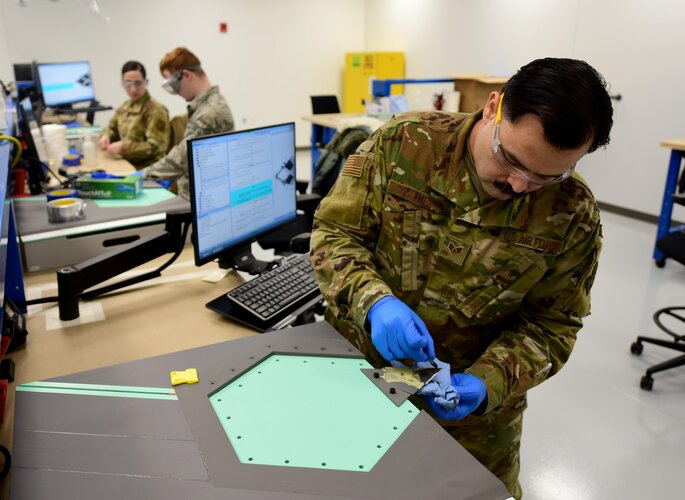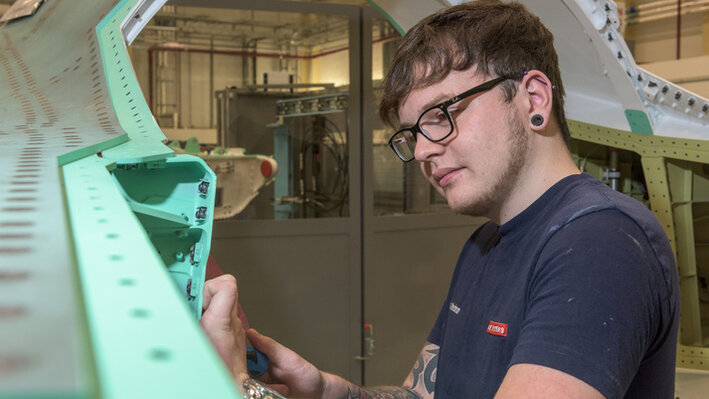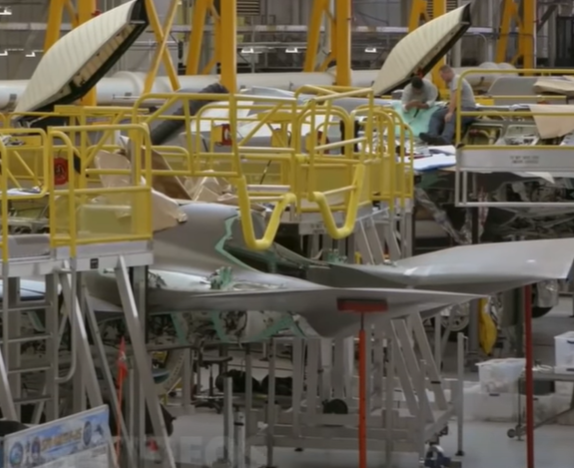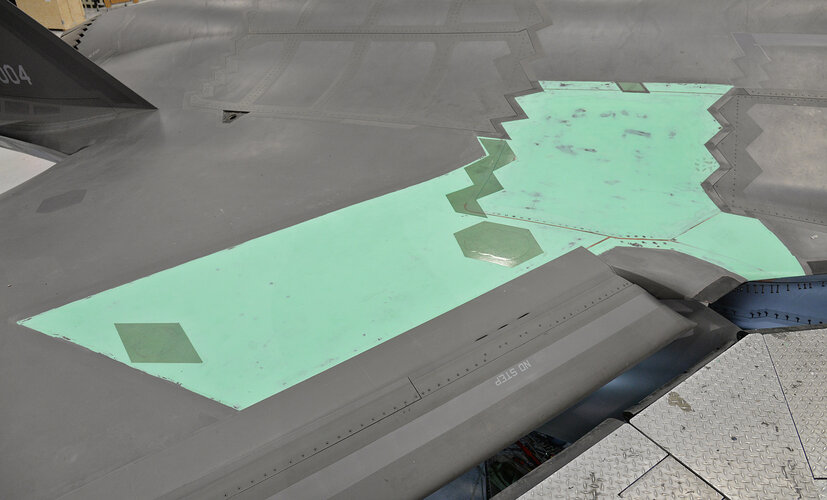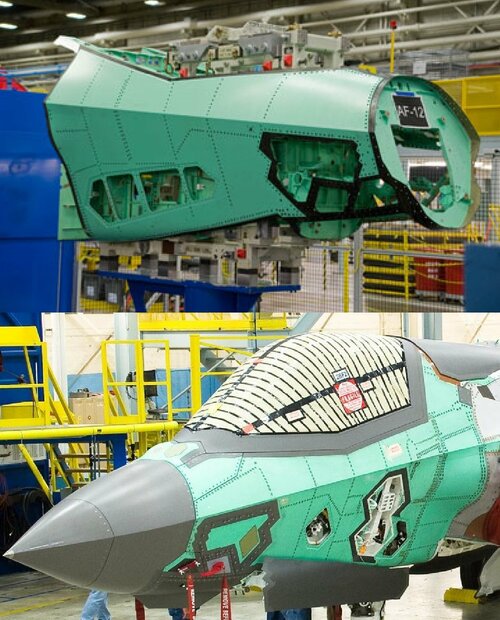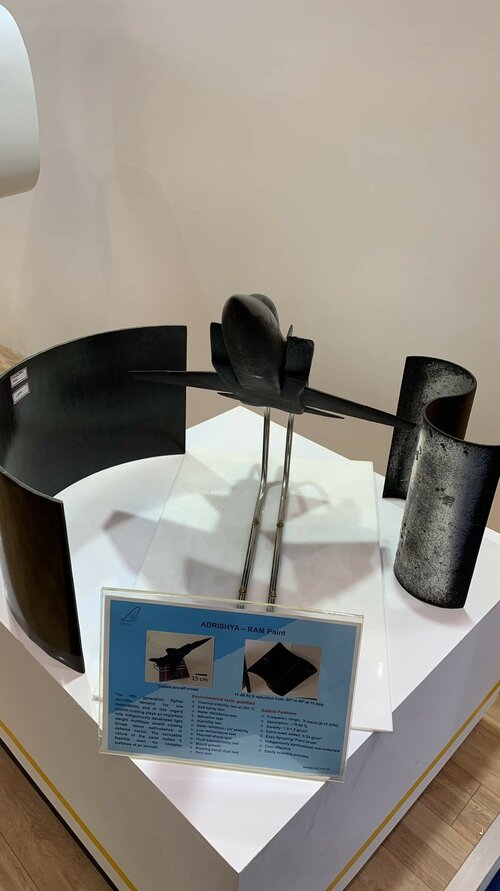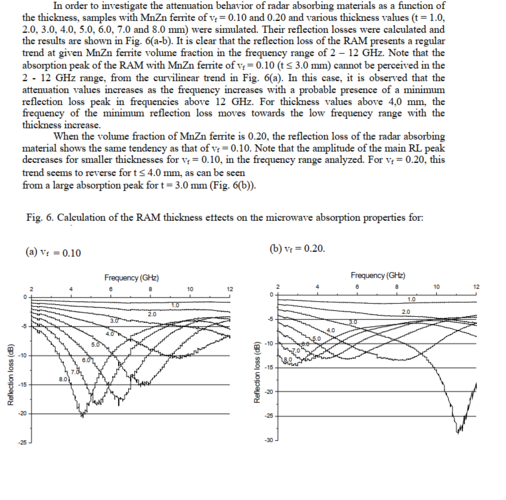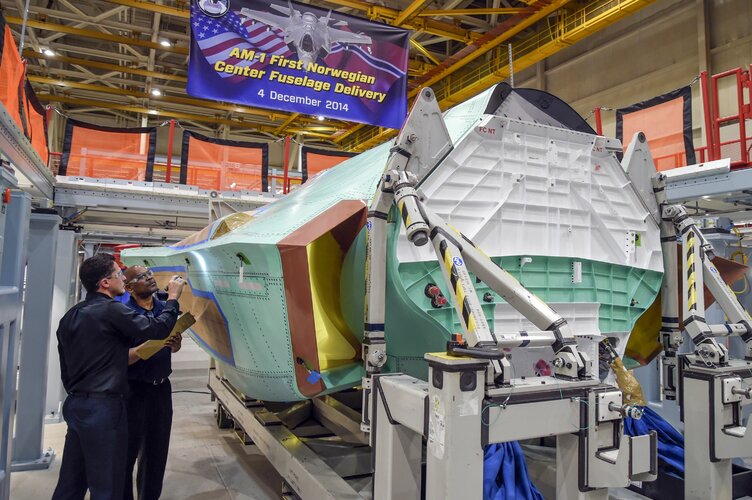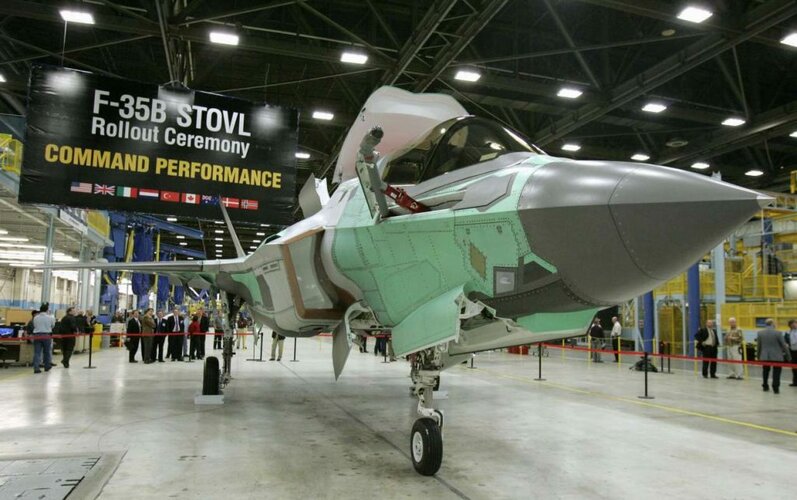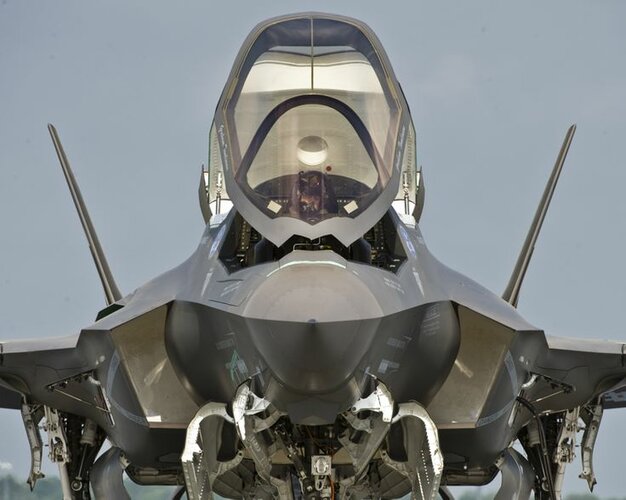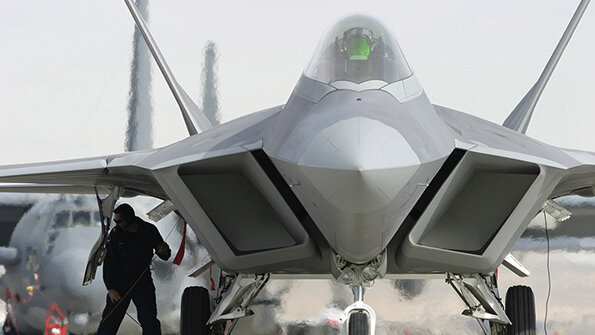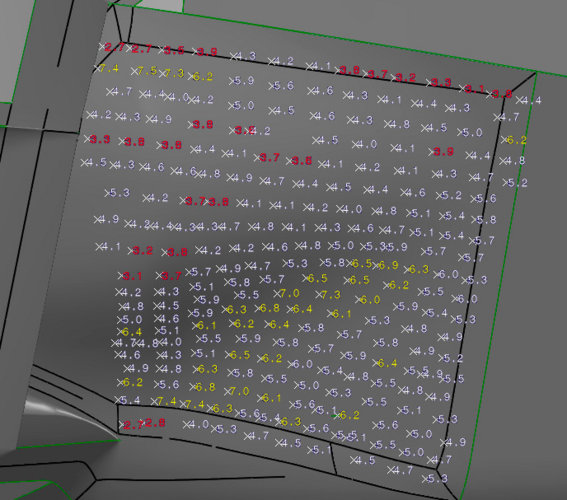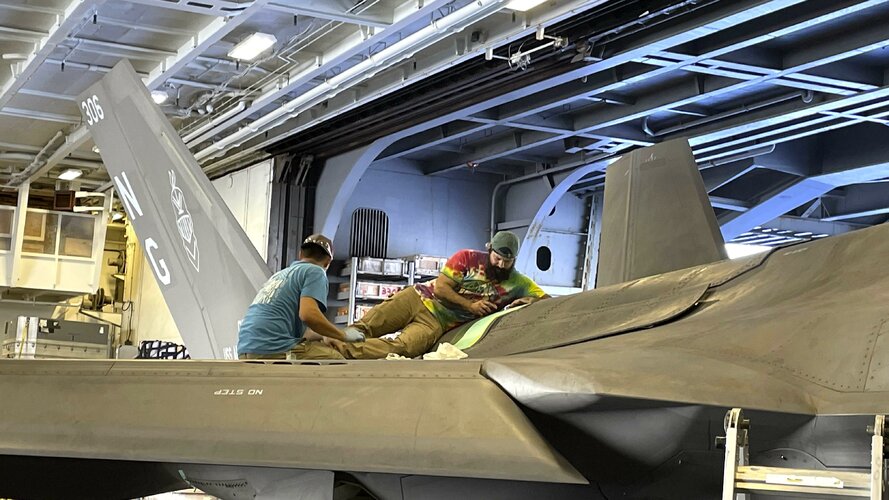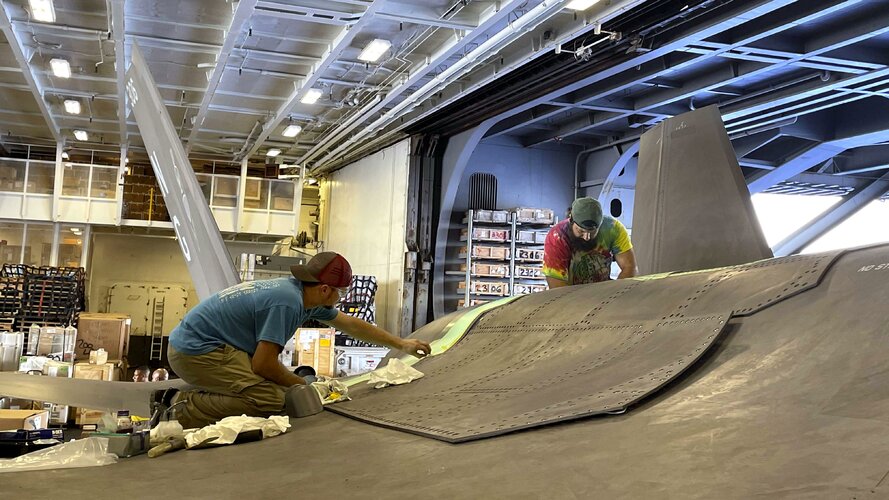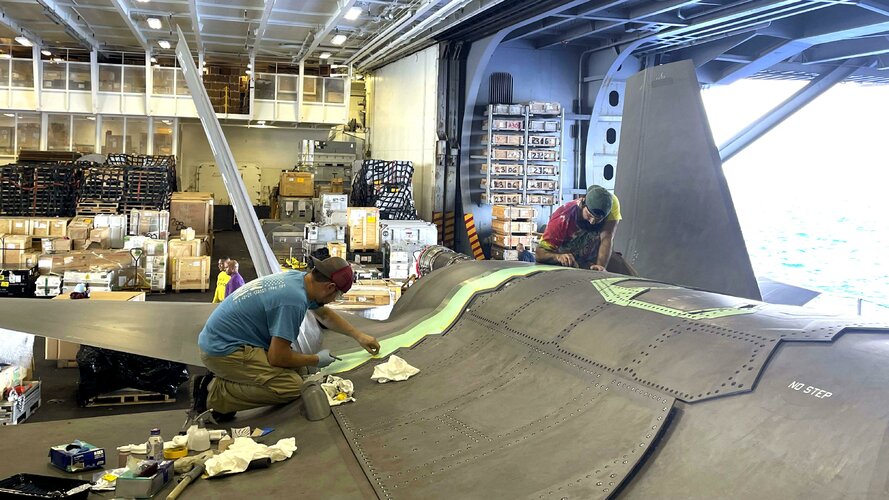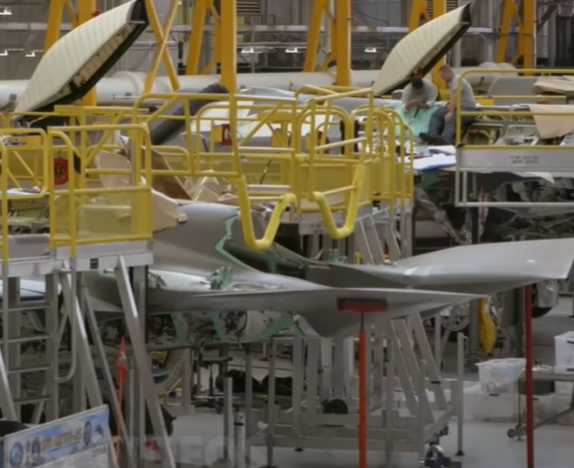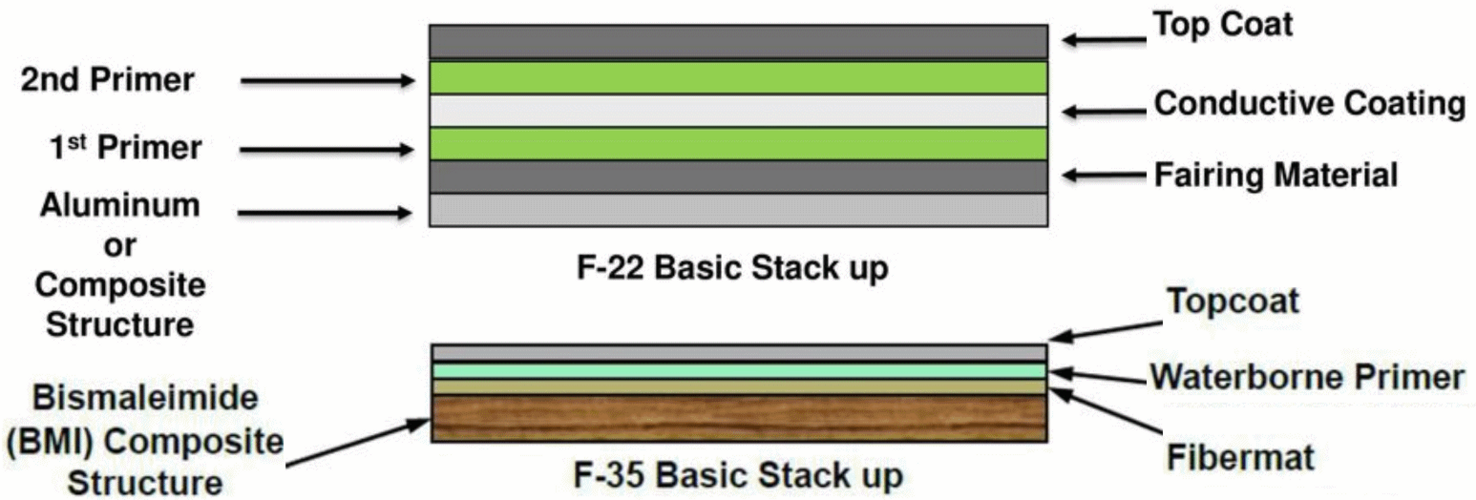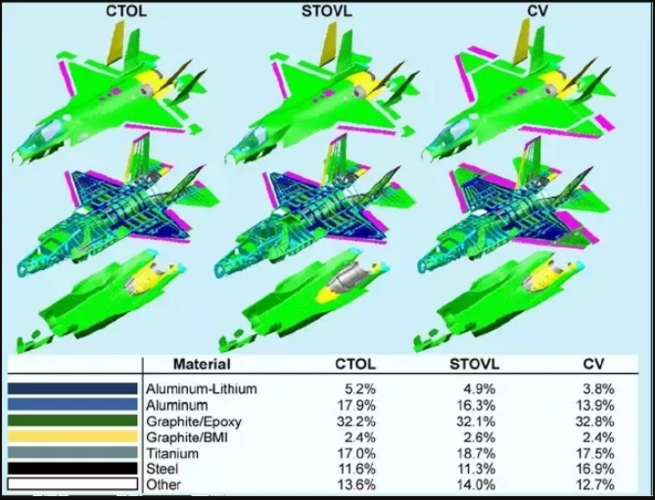- Joined
- 3 June 2011
- Messages
- 17,794
- Reaction score
- 10,571
I thought about posting this in the J-20 thread but maybe those posts could be duped/moved here or something.
This picture of the F-22 has always made me do a double-take. The paint doesn't seem to be the same as that on the current aircraft. And while it's obviously not making the aircraft transparent it doesn't seem to be your average paint. Thoughts?

This picture of the F-22 has always made me do a double-take. The paint doesn't seem to be the same as that on the current aircraft. And while it's obviously not making the aircraft transparent it doesn't seem to be your average paint. Thoughts?


